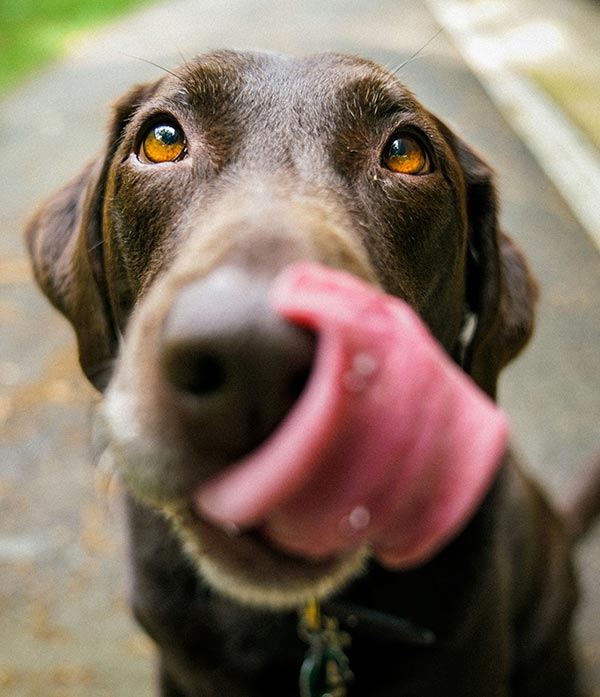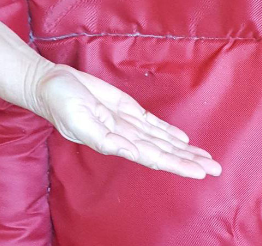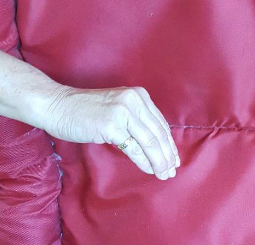Train Without Pain Resource Library
Handling food reinforcers
Food reinforcers are one of the most important tools we can use when providing positive outcomes for dogs doing behaviors. Nature designed food to be reinforcing. It motivates animals to hunt to survive. Many of the dogs with which we work are no longer “hunting for survival” but the desire to acquire food does not fade. A reinforcer is something used to make behavior stronger. If the “consequences” of doing a behavior are rewarding, the learning process tells us the behavior should get stronger.
Selecting your food reinforcer
What triggers most motivation for hunting is scent. Experiment with foods that are strongly scented. A strong scent is something you can smell too, from a distance. The scent of the food will be providing continual information to your dog that opportunities to earn reinforcement await! Make sure your dog actually LIKES the food you have chosen. Does their attention light up at the smell? Test out several types of food reinforcers.
Suitability for handling
We are handling this food. We have to consider how easy it is to load into your hand and deliver with ease. Can you gather just one? Will your storage cause staining? If you are using greasy, sticky stuff, how easy is it for you to dispense the food easily and cleanly. Make sure the size and texture work with your ability to handle the food.
Storage
We suggest treat bags that close so you do not dump food every time you bend over. You can use a plastic container off your body perhaps stored on the table slightly away but close enough to access without moving too far. Avoid using a closed baggie that is difficult to open.
Delivery of food reinforcers
Depending on the behavior under instruction, your food delivery reinforcement patterns will vary. The food delivery hand should look MUCH different from all other hands presented to the dog. Hands that will deliver food directly to the dog should be flat and at the dog’s muzzle level.
Hands
Our hands are meaningful to our dogs. We can eventually cue all sorts of behaviors with well thought out hand cues. One of the first cues your dog will learn is hands that deliver food. You start with your hands at neutral—flat on your thighs or by your sides. We can call this “hands to home. “ (Avoid always keeping your hand in your treat bag.)
Practice
Hands to home
Say you marker signal (yes, good)
Wait a beat,
Present the food item in your flat hand
Guidance Points:
Hands to Home
Flat hand for Food
Back of the hand for lure
It’s very important to present the food so your dog does not have to move forward to get it. Increase the rate of reinforcement (present treats faster) if the dog is grabbing at your hand. You might need to keep your flat hand in front of the dog and feed treats from your other hand onto the flat hand. They need help learning there is no need to grab. The food will be in this flat hand. Ever so slowly, back off on the rate of food in the hand so the dog can see the hand without lunging for it.
Avoid presenting then pulling your hand back because that will cause a dog to lunge forward.
Avoid shoving food into the dog’s mouth. You must find a sweet spot with your dog. Each dog is different and we teach for the dog in front of us.
Teaching dogs how to take food from humans is a lifelong skill. Teaching people how to present food to dogs is also a lifelong skill. It can go south if there is not thoughtfulness in the handling and presenting of food.


Food delivery hands are flat

Lure hands present the back of the hand.